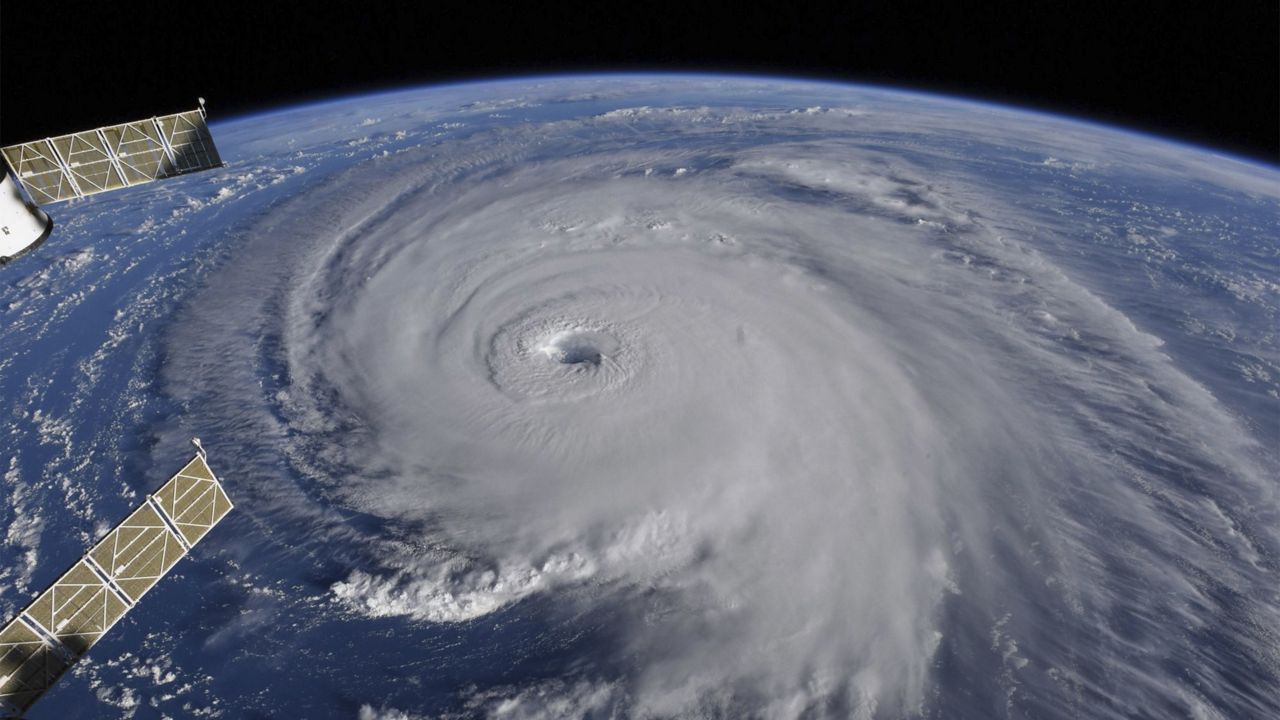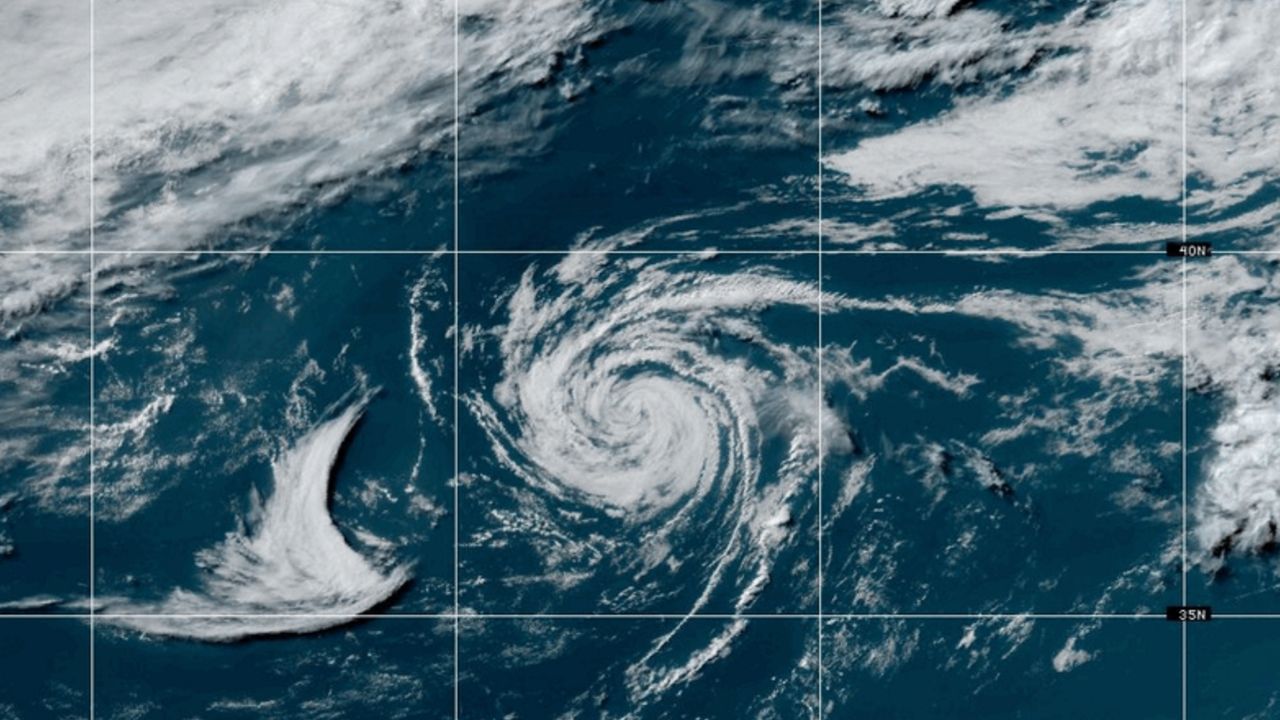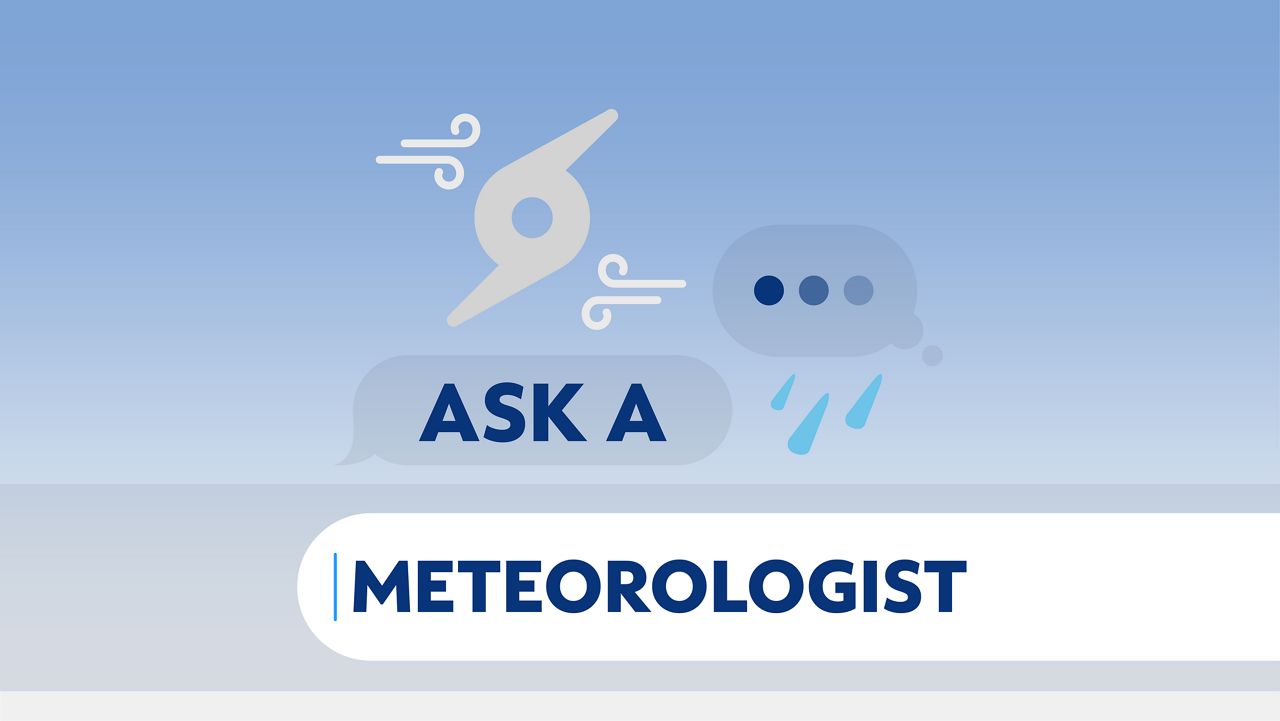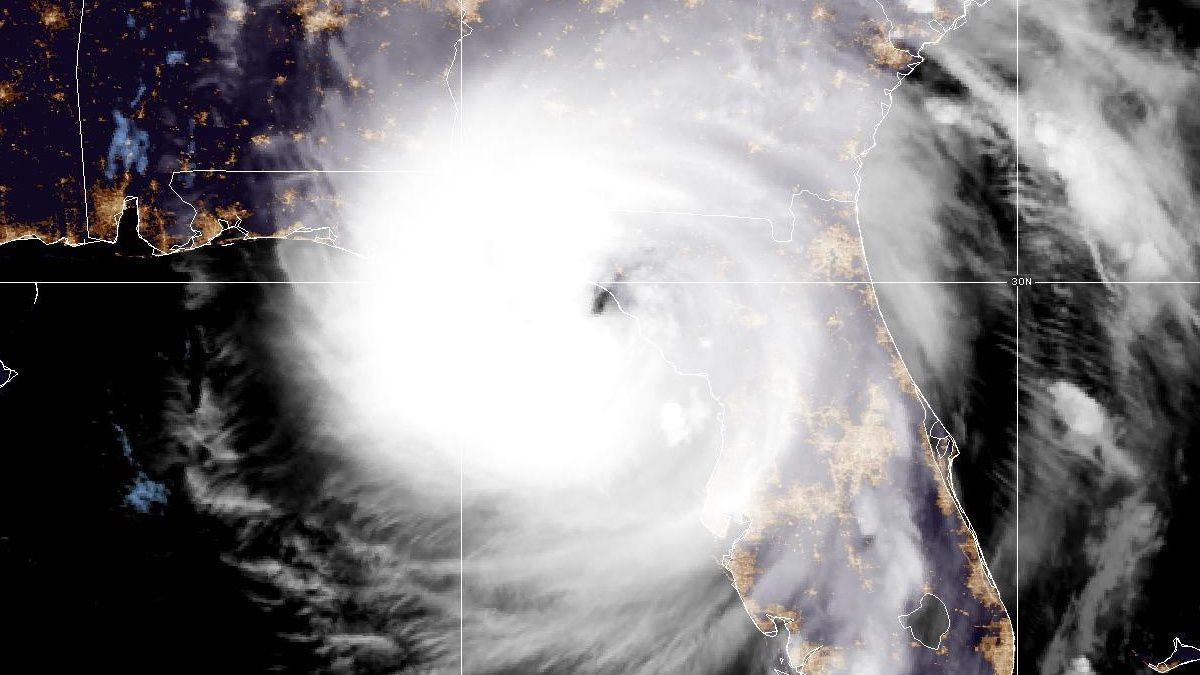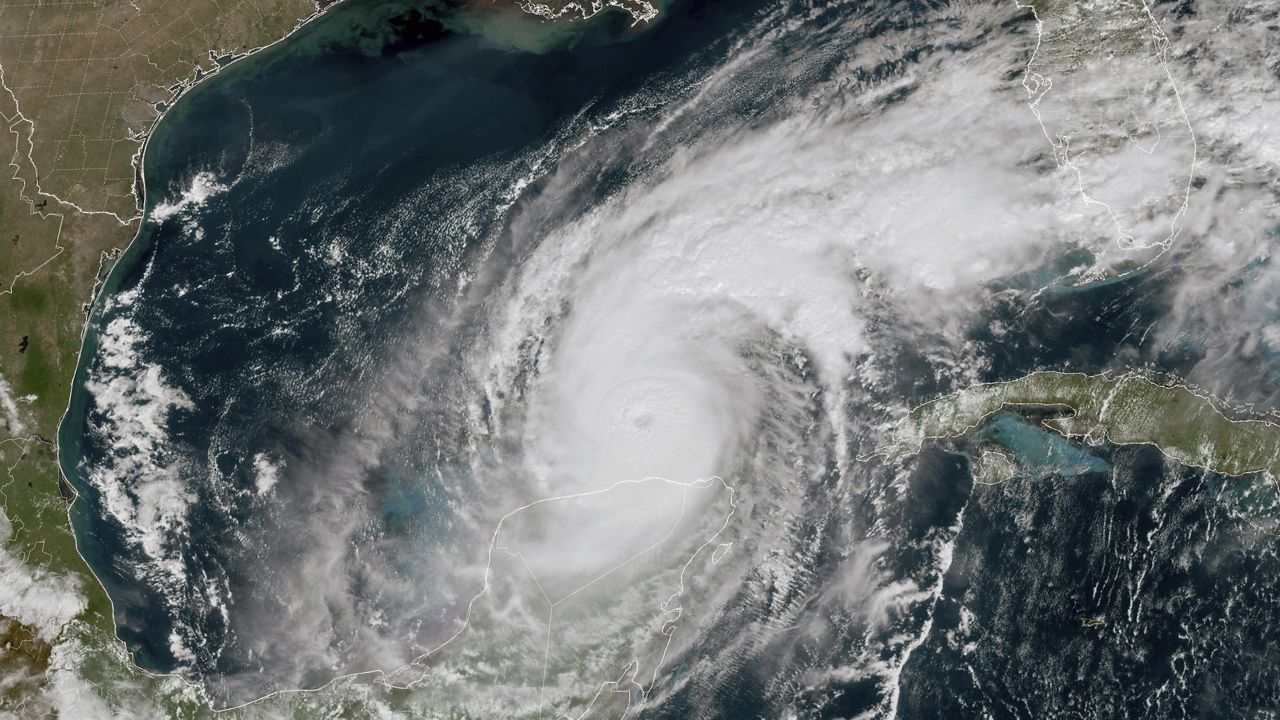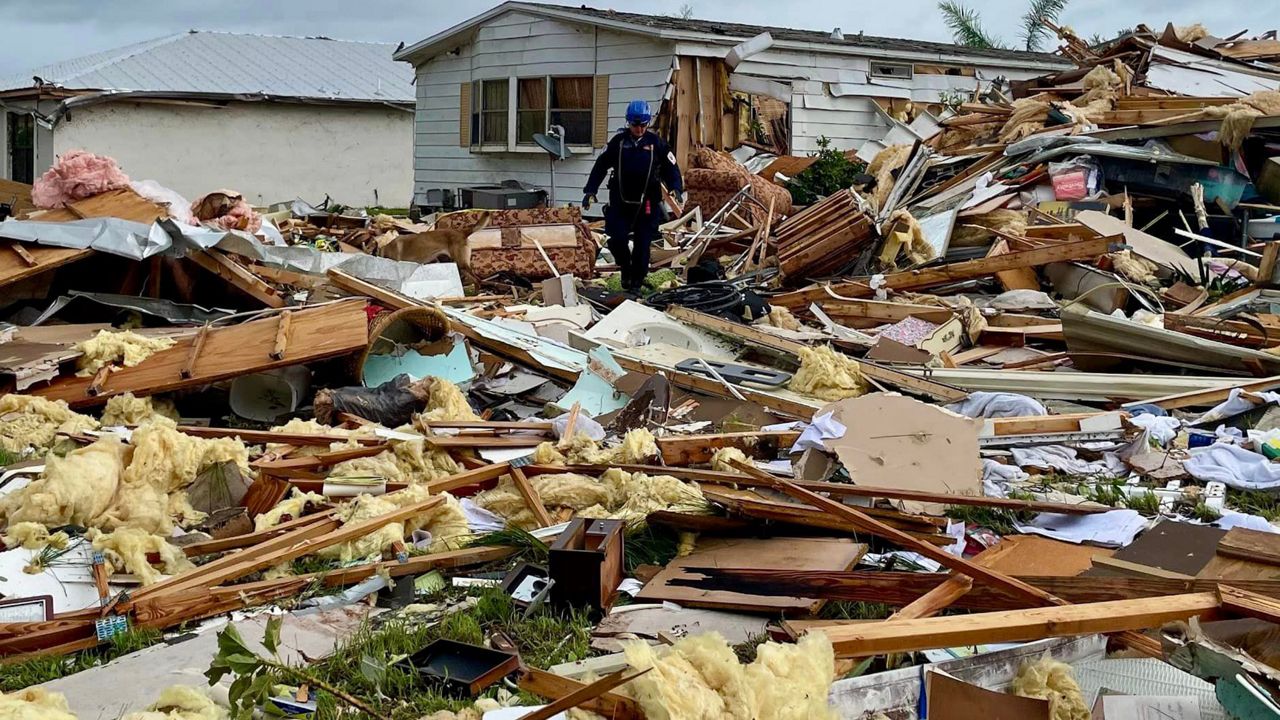Google has introduced a new, experimental artificial intelligence (AI) weather model for predicting hurricanes. The new AI-based tropical cyclone model will be another tool for meteorologists and weather enthusiasts alike to predict the track and intensity of future storms this hurricane season.
Google’s new AI-powered tropical cyclone model is the latest addition to its WeatherNext model family, a suite of AI weather models from Google DeepMind and Google Research. According to Google, “this model can predict a cyclone’s formation, track, intensity, size and shape — generating 50 possible scenarios, up to 15 days ahead.”
Traditional numerical weather prediction (NWP) models that are used to forecast hurricanes, like the GFS and Euro (ECMWF), are physics-based. Simply put, they combine current atmospheric weather conditions with a set of equations that govern our atmosphere, to predict future atmospheric conditions.
Physics-based models have shown tremendous improvement in the past 50+ years, but there are still omissions, estimations, approximations and compromises in each step of creating the forecast, so it’s far from perfect.
Google claims that its AI-powered model can overcome the trade-offs of physics-based models. “It’s trained to model two distinct types of data: a vast reanalysis dataset that reconstructs past weather over the entire Earth from millions of observations, and a specialized database containing key information about the track, intensity, size and wind radii of nearly 5,000 observed cyclones from the past 45 years.”
Google’s internal testing of their model has shown its model’s predictions for track and intensity are as accurate as, and often more accurate than, current physics-based models. Using 2023 and 2024 as test years, Google’s model had a 5-day track prediction, on average, “140 km closer to the true cyclone location than ENS — the leading global physics-based ensemble model from ECMWF.”
This year, forecasters from NOAA’s National Hurricane Center (NHC) will be able to use predictions from Google’s experimental AI models, alongside the more traditions physics-based models to create forecasts. “We hope this data can help improve NHC forecasts and provide earlier and more accurate warnings for hazards linked to tropical cyclones.”
Despite the early hope and promise shown by new AI-powered weather models, it’s important to note that they're still experimental and just one tool. These models are still under development, and you should always refer to local officials and the NHC for official watches, warnings and forecasts.
You can read Google’s full press release here, and check out Weather Lab, Google’s interactive site for sharing their AI weather models.
Our team of meteorologists dives deep into the science of weather and breaks down timely weather data and information. To view more weather and climate stories, check out our weather blogs section.
Reid Lybarger - Digital Weather Producer
Reid Lybarger is a Digital Weather Producer for Spectrum News. He graduated from Florida State University in 2015 with a Bachelor's of Science in Meteorology. He began his career in local TV news working across Mississippi, Louisiana and Florida for 7 years prior to joining Spectrum in 2022. He's excited for the opportunity to continue to inform the public about the latest weather news with Spectrum.





